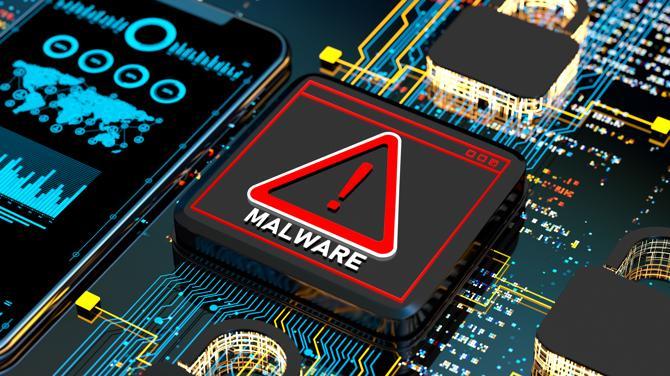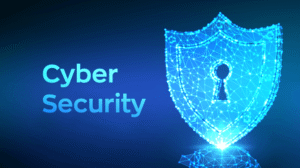These days, we rely on our devices for almost everything, from shopping to banking to communicating with others. Technology makes life easier, but it also brings risks. Malware is one of the most dangerous things on the internet. “Malware” is short for “malicious software.” It’s designed to damage or exploit your computer, phone, or network. Many people don’t even realize that malware has infiltrated their devices, but it can steal personal information, slow down their systems, or even block data. The first step to staying online is understanding what malware is and how it works.
The Different Types of Malware
There are many different types of malware, each with different functions. One of the oldest and most famous viruses spreads from file to file and destroys data. Worms are another type of virus that can spread across a network without user intervention. Trojans often look like safe applications, but in reality, they install dangerous codes in the background. Spyware monitors your online activities and steals private information such as passwords or bank account numbers. Ransomware is particularly harmful because it locks your files until you pay a fee. Understanding this type of malware helps you better identify potential risks.
How Malware Infects Your Device
Malware can infect your device in several ways. One way is through seemingly harmless email attachments that actually contain dangerous malware. Malware can also be downloaded by clicking on links in emails or on suspicious websites. Malware can sometimes be hidden in free software or applications downloaded from untrustworthy websites. It can also spread by visiting unsafe websites, connecting to unsecured networks, or inserting USB drives containing malware. Hackers often use social engineering tactics to trick people into unknowingly installing malware. For example, they might pretend to be trustworthy.
How Malware Affects Your Device
Once malware is on your device, it can cause many problems. Some types of malware can slow down your computer, cause programs to crash, or behave erratically. Others can steal personal information, such as credit card numbers, bank details, or photos. Ransomware can lock you out of your files if you pay the attacker. Spyware can monitor everything you do, even when you enter your passwords. Malware can disrupt networks, shut down operations, and even steal customer data. Malware not only affects you technically, but also emotionally and financially.
Recognizing Malware
Many people don’t discover malware until it’s too late, but there are some telltale signs that it’s already there. If your phone or computer suddenly slows down significantly, it might be infected. It’s especially suspicious if your computer crashes frequently, displays unusual error messages, or programs open and close automatically. If you notice unusual network behavior, such as using large amounts of data when you’re not online, such behavior could mean malware is feeding information to attackers. Pop-up ads that appear everywhere, even when you’re offline, could indicate a problem. By paying attention to these signs, you can take action quickly.
Safe Browsing and Email Practices
Being vigilant while browsing the internet and checking email is one of the easiest ways to prevent virus infections. Always check the sender before opening attachments or clicking on links in emails. Cybercriminals often pose as banks, companies, or even friends to trick you into giving them money. Don’t download files from websites you don’t recognize. Only download apps and software from sites you trust. When browsing, make sure the web address begins with HTTPS. This means the site is secure. These small details can protect your device from infection.
Importance of Regular Software Updates
One of the easiest ways hackers spread malware is through outdated software. Many attacks exploit vulnerabilities in older versions of operating systems, programs, or browsers. Companies release updates to patch security holes and provide new features. If you don’t install these updates, your devices are vulnerable to attacks. Enabling automatic updates ensures your devices always have the latest security. Keeping your computer, phone, and even smart home devices up to date is one of the best ways to protect them from malware.
Using Strong Passwords
Protecting your accounts is another way to prevent malware from penetrating your computer. Using weak or repeated passwords makes it easier for hackers to compromise your accounts and spread malware. Strong passwords containing letters, numbers, and symbols are harder to guess. It’s also crucial to use a different password for each account. Two-factor authentication increases security by requiring a second step, such as a verification code sent to your phone. Even if malware steals your password, two-factor authentication prevents someone from accessing your account.
Back up Your Data Regularly
Even with all the security measures in place, no system is completely secure. Therefore, it is advisable to back up your data regularly. If ransomware or other malicious software attacks you, you could permanently lose access to important files. Backing up your work, documents, and pictures to an external device or the cloud can keep them safe. If you become infected with a virus, you can restore your system without paying hackers or losing data. Backing up is a simple habit that gives you peace of mind and protects you from the worst-case scenario.
Conclusion
Malware is a major digital security threat, but you can fight it if you know how to protect yourself. Understanding what malware is, how it spreads, and the damage it can do can help you protect yourself. You can reduce your risk of infection by using security software, keeping your computer up-to-date, and browsing and storing data safely. Two-factor authentication, strong passwords, and safe habits are also crucial. While technology is constantly changing, vigilance, knowledge, and caution are the best ways to stay safe. Securing your devices and keeping your personal data private means protecting them from malware.
FAQs
1. What is malware in a nutshell?
Malware is malicious software designed to steal, damage, or take control of your computer or device.
2. Can antivirus software block all malware?
Antivirus software can be very effective in protecting your computer, but no solution is perfect. The best way to protect yourself is to practice safe habits.
3. How do I know if my device is infected with malware?
Signs of device problems include slow performance, crashes, unexpected pop-ups, or unusual activity.
4. Is ransomware a form of malware?
Yes, ransomware is software that blocks files and demands payment to restore them.
5. What should I do if I’m infected with malware?
Disable your internet connection, run an antivirus scan, and restore your system from a backup if necessary.




